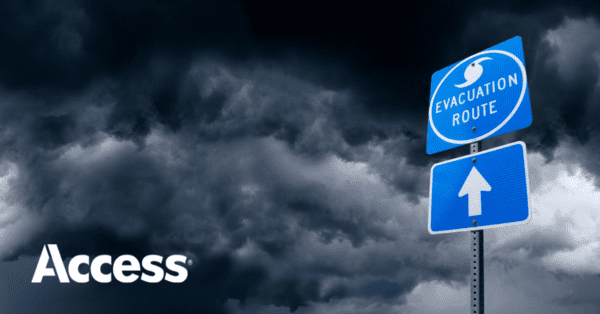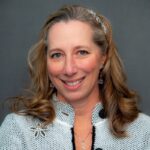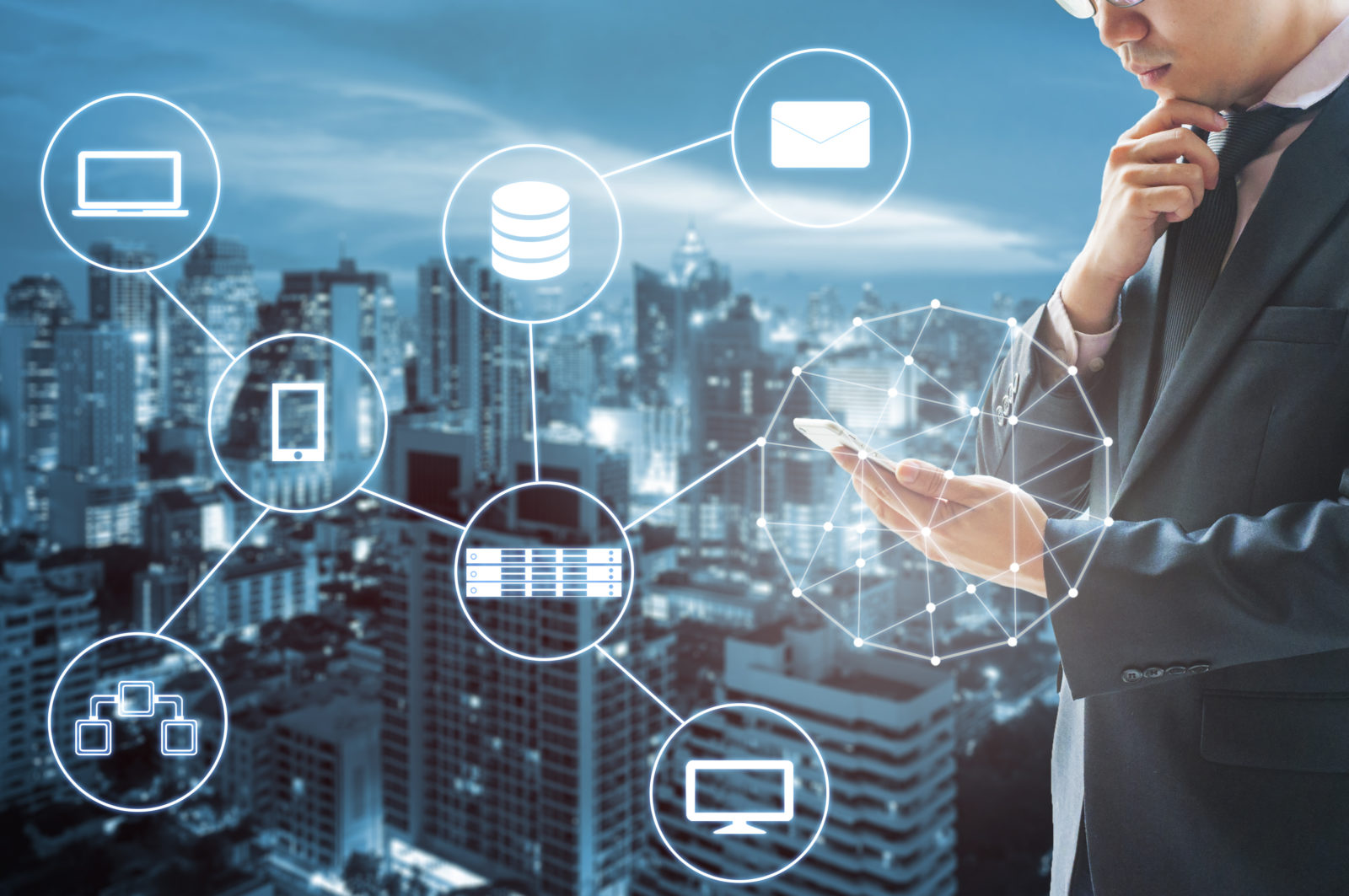
We’ve just turned the page on the calendar to June, and if your business is located near the Atlantic seaboard, you know that June 1st marks the start of yet another hurricane season. Is your organization ready? Statistics analyzed by The Federal Alliance for Safe Homes (FLASH) estimate that 75% of businesses without a Business Continuity Plan (BCP) and hurricane preparedness will fail because of damage suffered during a hurricane.
It’s essential that your organization has a plan in place, and if you haven’t updated it in a while, now is the perfect time to do so. In this post, we’ll dig into what a BCP is, why it’s important, how information governance drives the process, and some specific points around hurricane preparedness.
What is a Business Continuity Plan (BCP)?
A BCP is a predefined set of protocols on how your business should respond in case of an emergency or natural disaster, like a hurricane. It contains contingency plans for every aspect of your organization, including human resources, assets, technology, and business processes.
Since disaster events can cause injury, downtime, and lost revenue, you want to prepare as much as possible ahead of time. In fact, businesses that fail to recover quickly from such an event (especially small to mid-sized businesses) face the risk of losing customers to their competitors. To prevent this from happening, it’s important to have a business continuity plan (BCP) in place.
Why Hurricane Preparedness is So Important
Obviously, your business continuity plan should explain what to do in the event of every type of disaster, but we’ll focus on hurricane preparedness for the purpose of this post.
According to NOAA, hurricanes cause the most death and destruction when compared to other storms, with losses in the trillions of dollars in damages since 1980. Additionally, FLASH notes, 40% of small businesses don’t reopen after a hurricane.
Large enterprises are not exempt from significant impact and damages either. If your business footprint includes the Atlantic area, you can easily have an unfortunate scenario if a storm hits the local offices that house physical records.
You know that hurricane preparedness is important, now let’s explore how information governance can help drive your BCP plans.

Beyond Storage – A Comprehensive Information Management Checklist
Organizations of all kinds and sizes are finding themselves faced with an array of information management challenges. Some of these challenges, like the transformation of information technologies and the growth of data sets, have remained relatively unchanged for years.
Information Governance and Business Continuity Planning
A strong information governance program will ensure that your business information is both secure and accessible should you be impacted by a significant event, like a hurricane.
To build out your plan, you will need to know:
- What information you have
- Where it’s stored
- How it’s stored
- How to access it
- Who has access to it
All these points fall under the umbrella of a proper information governance program.
If you want to dive further into information governance, we recommend this reference guide: Understanding Information Governance Best Practices.
Get Started
If you’re starting a BCP from scratch and don’t have a plan yet, don’t sweat it. Ready.gov has got you covered with a valuable guide that’ll help you protect your employees, locations, and organization from natural disasters.
To make things easier, here’s a checklist that’ll help you assess your hurricane preparedness. If you can’t check off many items on the list, it might be time to update your BCP and disaster preparedness documentation.
How Access Can Help
Paper might beat rock, but it will never hold up in a hurricane. Ensure that your active files are always protected and simultaneously plan for disaster recovery by utilizing Access’ PRISM Privacy+ storage facilities and vaults, which offer advanced security and fire suppression technology to mitigate the risk of regulatory and privacy non-compliance. Your paper records can’t be destroyed in a hurricane or other disaster event if you don’t have any on-site. If you’ve been thinking about making your organization more digital while ensuring security and privacy in your program, Access Unify™ could be the solution!




